Don’t Look Back by Boston
Buy Don’t Look Back Don’t Look Back was the much anticipated second album by Boston. After the unprecedented success of the group’s debut album, the two year wait was considered a long gap between […]
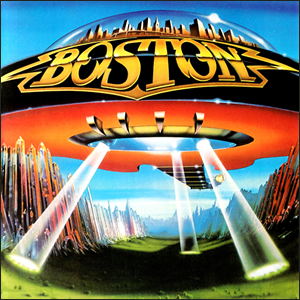
Buy Don’t Look Back Don’t Look Back was the much anticipated second album by Boston. After the unprecedented success of the group’s debut album, the two year wait was considered a long gap between […]
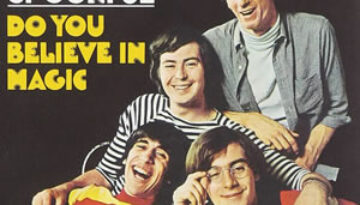
Buy Do You Believe in Magic? The Lovin Spoonful had a meteoric career which climaxed shortly after it began in the mid 1960s. Do You Believe in Magic is the 1965 debut album […]
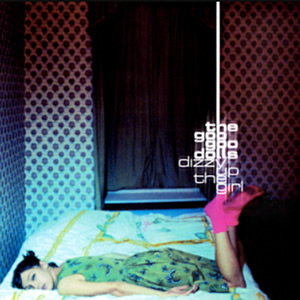
Buy Dizzy Up the Girl It took six albums and over a decade for Goo Goo Dolls to be propelled into international success and 1998’s Dizzy Up the Girl was that ultimate catalyst. […]
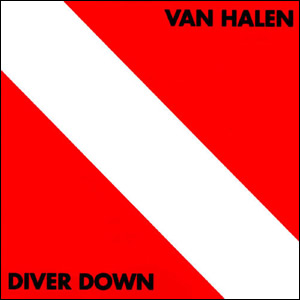
With their 5th album, Van Halen decided to take a less intense approach. Diver Down was developed by accident as the band, exhausted from constant touring and the production of four studio albums […]

Buy Disciplined Breakdown After exploding onto the international rock scene in the middle of the 1990s with the success of their first two albums, Collective Soul released their much anticipated third studio album, […]
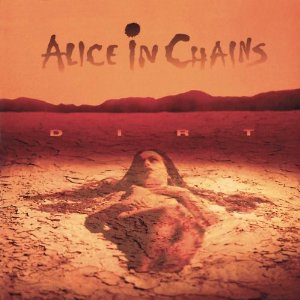
Buy Dirt The band which practically invented the genre of dark alternative metal, Alice In Chains bridged the gap between the “traditional” heavy metal and the new, alternative inspired “fusion” metals which began […]
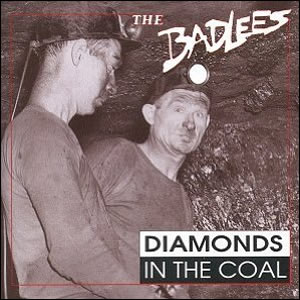
Buy Diamonds In the Coal At a time when many in the rock world were in the process of re-imaging from the slick 80’s hair band to the grungy 90s alternative, a young […]
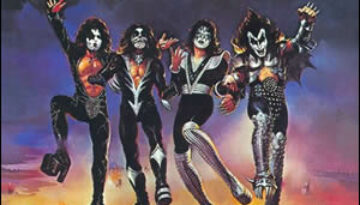
Buy Destroyer On the brink of mainstream success, glam rock band Kiss set out to create a serious studio album by enlisting Alice Cooper’s producer Bob Ezrin. In producing the band’s fourth album, […]
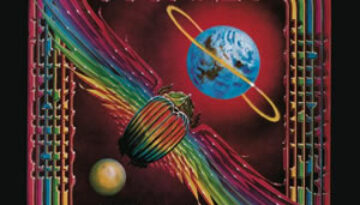
Buy Departure Journey continued their climb to rock superstardom with 1980’s Departure, the group’s highest charting studio album of the six with founding keyboardist and vocalist Gregg Rolie. This album contains a diverse […]
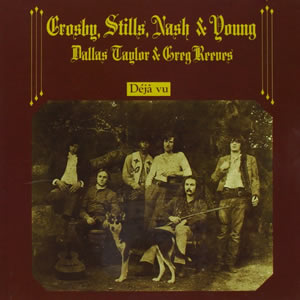
Buy Déjà Vu Déjà Vu is the sophomore effort by the super group with the expanded name of Crosby, Stills, Nash & Young, after the addition of Neil Young to the group. Each […]